Just this morning, I finished reading “The Long Embrace: Raymond Chandler and the Woman He Loved” (Pantheon Books, 2007) by Judith Freeman. It’s a look at Chandler’s work and his 30-year marriage to a mysterious woman named Cissy Hurlburt Porcher Pascal, a sexy but refined redhead from the Midwest who was 18 years his senior. (It was her third marriage; his first and only.) Not that she bothered to tell him her real age, natch. Details, details …
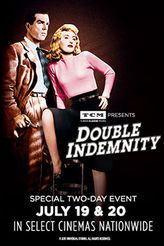 In the book, Freeman describes a turning point in Chandler’s career: When he received the offer from Paramount Studios to adapt James M. Cain’s novel “Double Indemnity” for the big screen, working in partnership with writer/director Billy Wilder.
In the book, Freeman describes a turning point in Chandler’s career: When he received the offer from Paramount Studios to adapt James M. Cain’s novel “Double Indemnity” for the big screen, working in partnership with writer/director Billy Wilder.
The film, starring Fred Mac Murray, Barbara Stanwyck and Edward G. Robinson, was released in 1944. It earned seven Oscar noms, including screenplay, which was extremely rare for a film noir title.
Freeman writes:
“Ray didn’t get the idea of the whole thing at first. When Joe Sistrom, the producer, called and offered him the job, Ray said he could probably do it, but he wouldn’t be able to turn in the screenplay for a couple of weeks, and it would cost them a thousand bucks. Sistrom laughed. Was the guy being funny, or was he really that naïve about the way the movie business worked? Sistrom told him he’d be working with Wilder, in an office on the studio lot, that he’d have ten weeks to do the screenplay, and he’d be getting seven hundred and fifty bucks a week. Ray did the math. Ray liked the result. Ray saw the future … and Ray said, Yes. Sure. Why not?”
Precisely! So, why not treat yourself to a big-screen viewing of this genre-defining film? TCM, Fathom Events and Universal Pictures Home Entertainment are partnering to bring this classic to select cinemas nationwide on Sunday, July 19 and Monday, July 20.
“That tears it,” as Walter Neff would say.
See you there, noiristas. Meanwhile, you can read our review as well as 14 reasons we adore this flick.
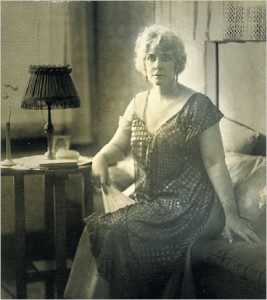





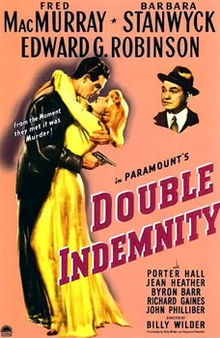
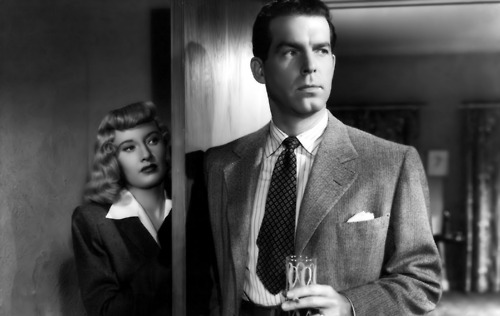
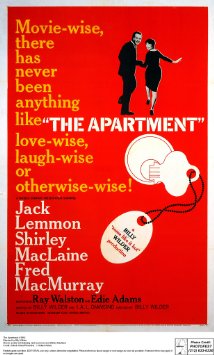
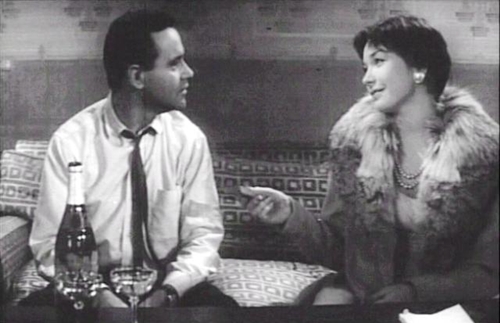
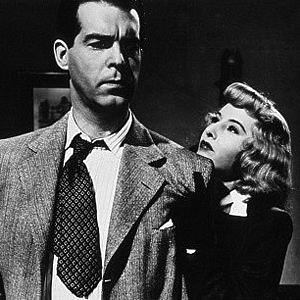
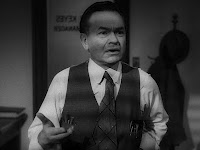
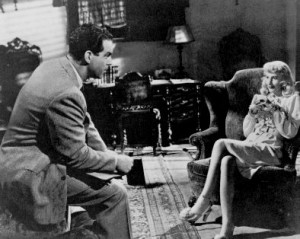


![stanwyckblogathon1[1]](http://www.filmnoirblonde.com/wp-content/uploads/2013/07/stanwyckblogathon11.jpg)

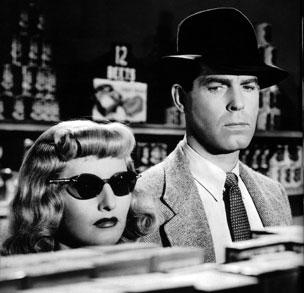
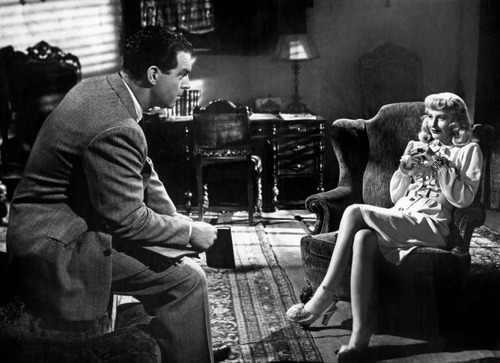
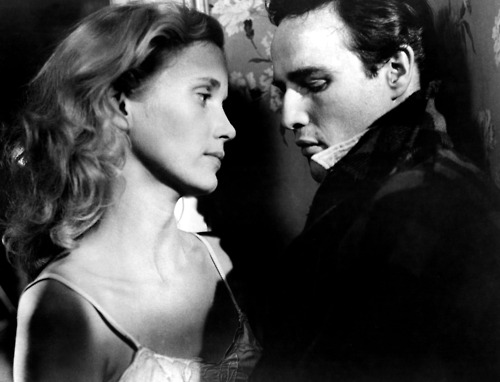
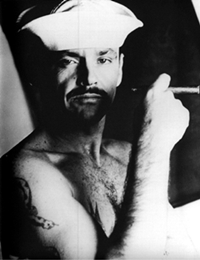
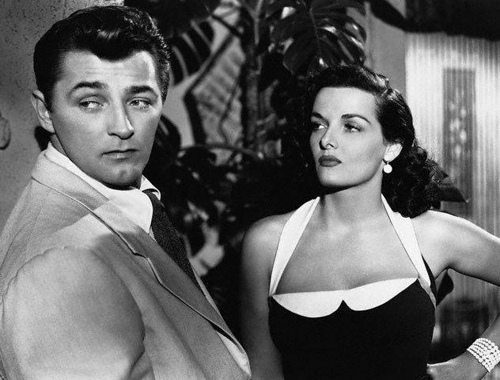
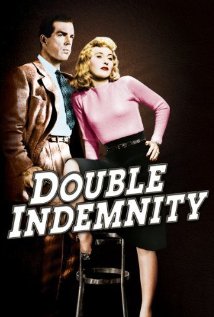
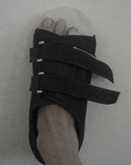
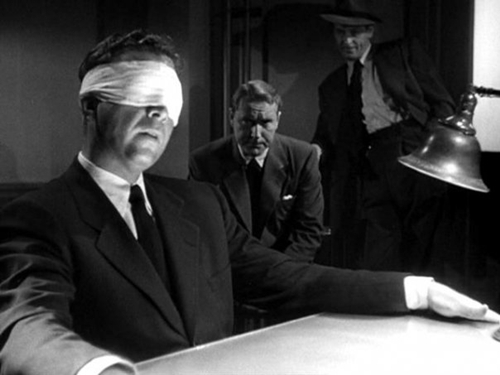
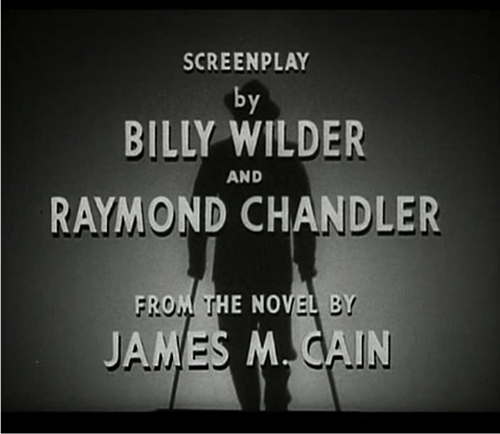
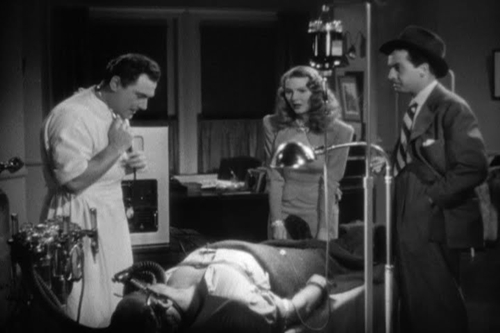
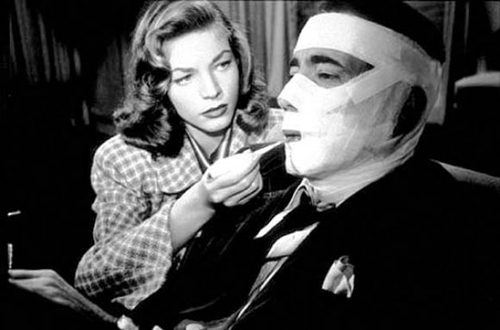
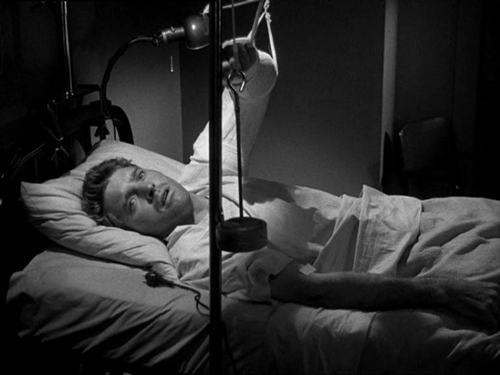
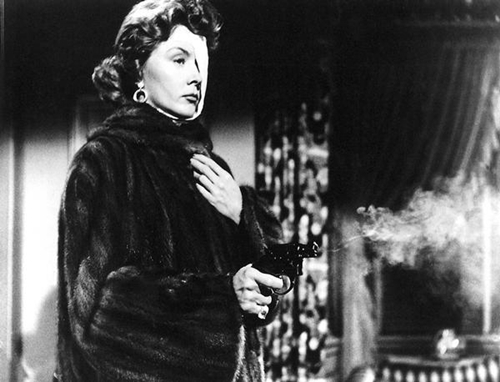
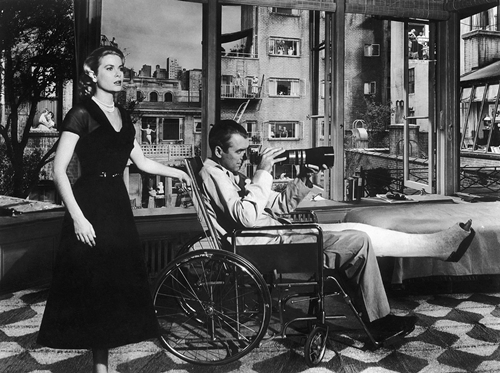
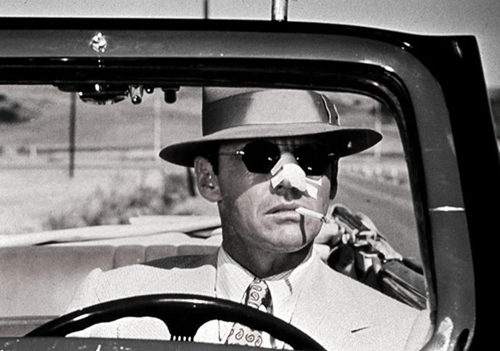

![251[1]](http://www.filmnoirblonde.com/wp-content/uploads/2012/08/2511.jpg)





From FNB readers